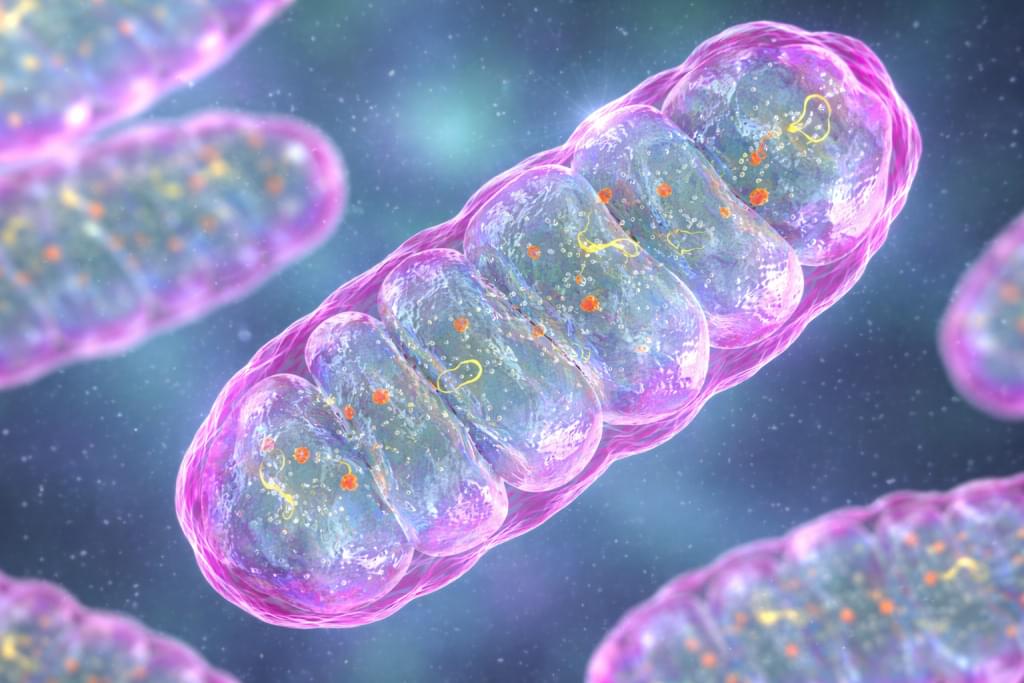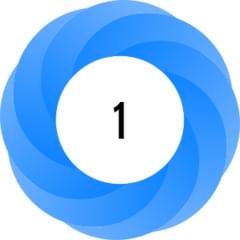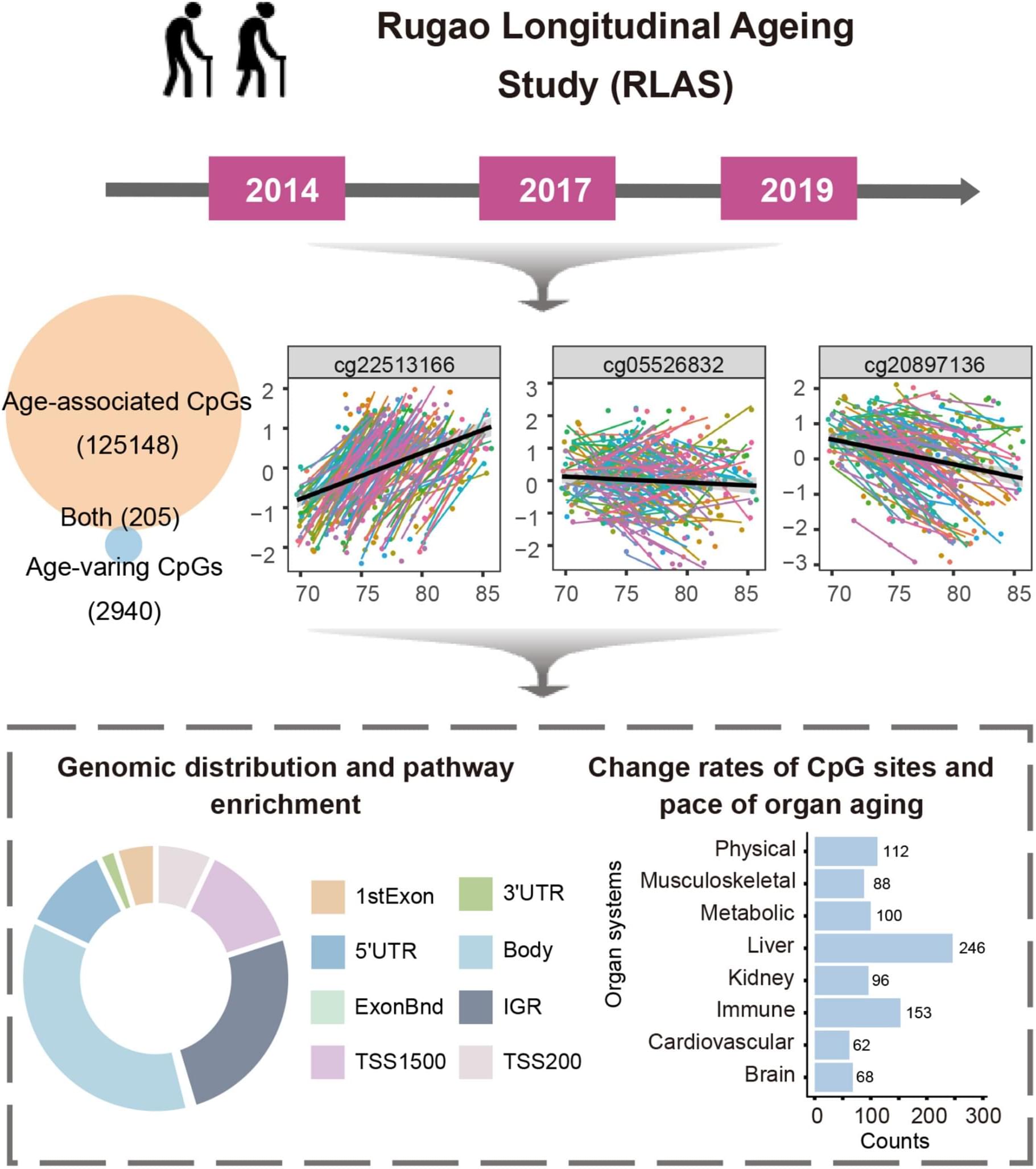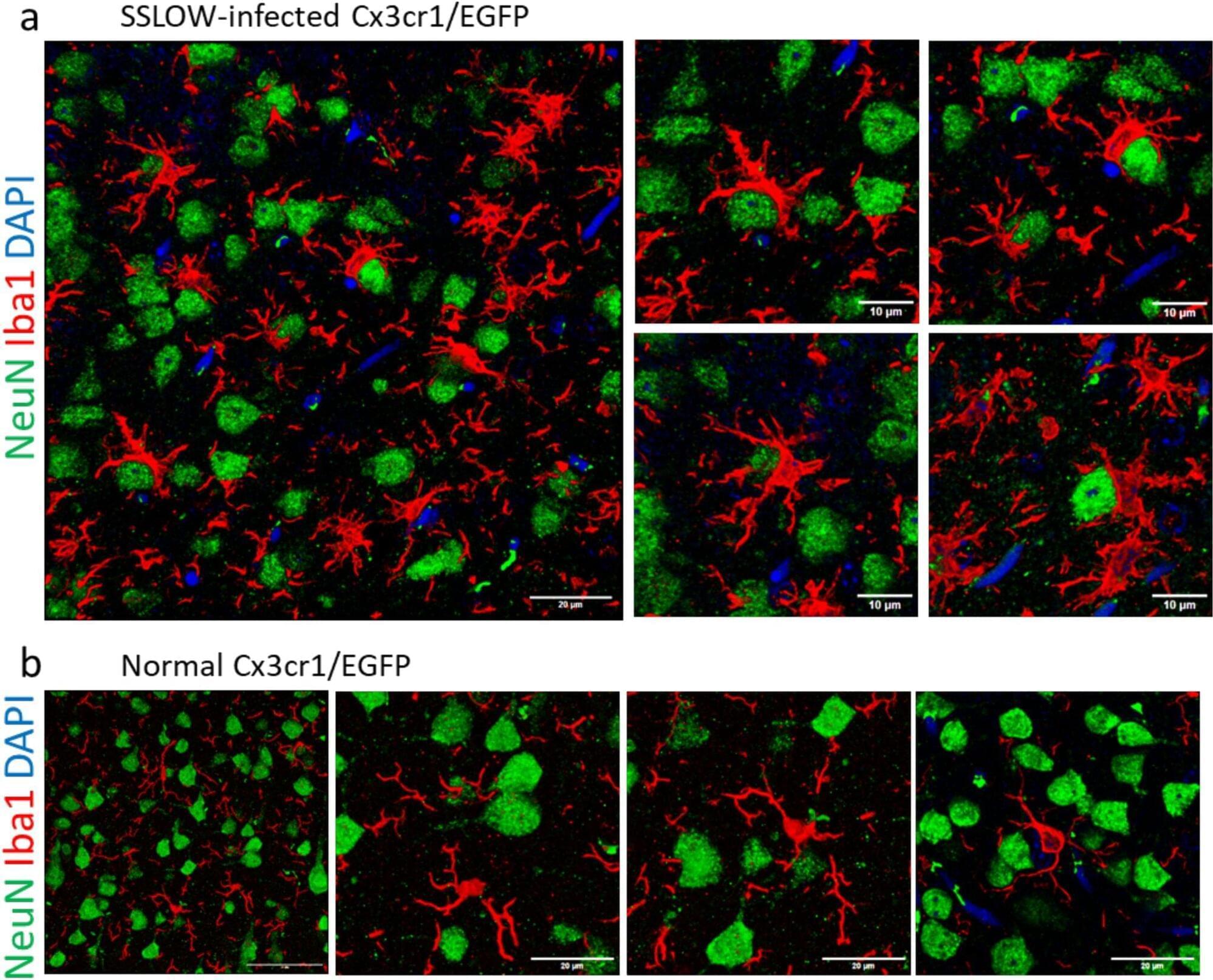The state is piloting a program with Doctronic that allows AI to legally participate in medical decision-making for patients with chronic conditions in need of prescription renewals.




A research team led by Kuang Guangli and Jiang Donghui at the High Magnetic Field Laboratory of the Hefei Institutes of Physical Science of the Chinese Academy of Sciences (CHMFL), has developed a “pocket-type” high-temperature superconducting (HTS) coil, achieving a record combined magnetic field of 44.86 tesla.
The coil, wound using domestically produced REBa₂Cu₃O₇₋ₓ (REBCO) tapes, generated 28.20 T at zero field in a liquid helium bath and produced an additional 10.36 T inside the 34.5 T steady-state magnetic field of the WM5 water-cooled magnet.
Steady high magnetic fields are critical for frontier research in materials science, physics, and biology, enabling scientists to observe new phenomena and explore new laws of matter. REBCO high-temperature superconducting material has become one of the optimal choices for developing devices that generate higher magnetic fields, owing to its high current-carrying capacity and favorable mechanical properties.

Recent Research by Charmaine R. Rock of Hudson Institute of Medical Research et al. examines antenatal melatonin for cardiovascular deficits in fetal growth restriction 🫀 💊
🔗 📜 Read the study here.
The results of the present study indicate that melatonin has the potential to mitigate the progressive development of impaired endothelium-dependent vasodilatation in growth-restricted lambs. However, this benefit is associated with transient impairment of endothelial function on the first day of life. It would be prudent to investigate the physiological implications of this early vascular dysfunction during the critical period of cardiovascular adaptation to postnatal life. Adjustments to the antenatal melatonin treatment regime, such as tapering the dose before and after birth, could be explored to support a smoother cardiovascular transition on the first day of life.
Additionally, because the present study was conducted up to 4 weeks of age, equivalent to an ∼1-year-old human infant, extending the study outcomes into adulthood is important to determine whether endothelial function is sustained or continues to improve with age, potentially achieving full restoration to the relaxation abilities observed in control lambs. Furthermore, given that functional assessment of the carotid artery was not possible in our study, future research should include such testing to provide a more comprehensive understanding of how FGR impacts vascular function.
The present study provides novel insight into the short-and longer-term, and region-specific impact of melatonin on the cardiovascular system. Our findings demonstrate that, although antenatal melatonin improves the contribution of NO to endothelium-dependent vasodilatation in the femoral artery of newborn FGR+MLT lambs, it is accompanied by an overall reduction in femoral endothelium-dependent vasodilatory capacity. Notably, this reduction in endothelial function is transient and improves by 4 weeks of age, which contrasts with the progressive impairment of endothelial function seen in untreated FGR lambs. Immunohistochemical analysis revealed elevated oxidative stress and inflammatory markers in the femoral artery of 4-week-old FGR+MLT lambs.

Chronic obstructive pulmonary disease (COPD) is a leading cause of morbidity and mortality globally. Effective management hinges on early diagnosis, which is often impeded by non-specific symptoms and resource-intensive diagnostic methods. A study published in the journal eBioMedicine assesses the effectiveness of electrocardiograms (ECGs) analyzed via deep learning as a tool for early COPD detection.
Mount Sinai researchers utilized a Convolutional Neural Network model to analyze ECGs, or medical tests that record the heart’s electrical activity, and can detect COPD. The primary outcome was the accuracy of a new clinical COPD diagnosis, as determined by International Classification of Disease codes. They performed an evaluation using Area-Under-the-Curve (AUC) metrics, derived by testing against ECGs from patients at five hospitals within the Mount Sinai Health System who represented a demographically diverse patient population in New York City.
They examined data from 2006 to 2023 within the GE MUSE system that exports electrocardiograms as individual XML files containing raw waveforms. The experts also used ECGs from patients at another hospital and ECGs of patients with COPD within the UK BioBank to expand the cohort and validate the analysis.


eLife Assessment
This fundamental study provides new evidence of a change in how microglia survey neurons during the chronic phase of neurodegeneration, which researchers studying neuroinflammation and its role in neurodegenerative disease should find interesting. In this research, using time-lapse imaging of acute brain slices from prion-affected mice, the researchers show that, unlike in healthy brains, microglia become reactive, lose their territorial boundaries, and become highly mobile, exhibiting “kiss-and-ride” behavior, migrating into brain tissue and forming reversible, transient body-to-body contact with neurons. The evidence is compelling, with well-executed time-lapse imaging, good quantitative analysis across several disease stages, pharmacological validation of P2Y6 involvement, and the very surprising finding that this mobile behavior persists after microglia are removed from the brain.

A regular heartbeat is essential to vertebrate life. In the mature heart, this function is driven by an anatomically localized pacemaker. By contrast, pacemaking capability is broadly distributed in the early embryonic heart1–3, raising the question of how tissue-scale activity is first established and then maintained during embryonic development. The initial transition of the heart from silent to beating has never been characterized at the timescale of individual electrical events, and the structure in space and time of the early heartbeats remains poorly understood. Using all-optical electrophysiology, we captured the very first heartbeat of a zebrafish and analysed the development of cardiac excitability and conduction around this singular event. The first few beats appeared suddenly, had irregular interbeat intervals, propagated coherently across the primordial heart and emanated from loci that varied between animals and over time. The bioelectrical dynamics were well described by a noisy saddle-node on invariant circle bifurcation with action potential upstroke driven by CaV1.2. Our work shows how gradual and largely asynchronous development of single-cell bioelectrical properties produces a stereotyped and robust tissue-scale transition from quiescence to coordinated beating.
© 2023. The Author(s), under exclusive licence to Springer Nature Limited.
Questions to inspire discussion.
🤖 Q: How quickly will AI and robotics replace human jobs? A: AI and robotics will do half or more of all jobs within the next 3–7 years, with white-collar work being replaced first, followed by blue-collar labor through humanoid robots.
🏢 Q: What competitive advantage will AI-native companies have? A: Companies that are entirely AI-powered will demolish competitors, similar to how a single manually calculated cell in a spreadsheet makes it unable to compete with entirely computer-based spreadsheets.
💼 Q: What forces companies to adopt more AI? A: Companies using more AI must outcompete those using less, creating a forcing function for increased AI adoption, as inertia currently keeps humans doing AI-capable tasks.
📊 Q: How much of enterprise software development can AI handle autonomously? A: Blitzy, an AI platform using thousands of specialized agents, autonomously handles 80%+ of enterprise software development, increasing engineering velocity 5x when paired with human developers.
Energy and Infrastructure.

The cyclic GMP-AMP (cGAMP) synthase (cGAS) and stimulator of interferon genes (STING) pathway, a crucial component of host innate immunity, detects aberrant DNA during viral infection. It is well established that cGAS-STING signaling activation during viral infections is often insufficient for complete viral clearance, indicating that numerous viruses have evolved countermeasures against this major pathway. However, the precise mechanisms by which viruses antagonize the cGAS-STING pathway to ensure intracellular survival remain incompletely understood. This review synthesizes recent progress in elucidating how diverse RNA and DNA viruses disrupt various stages of cGAS-STING pathway activation. These mechanistic insights into viral evasion have significant implications for the development of targeted therapeutic interventions.